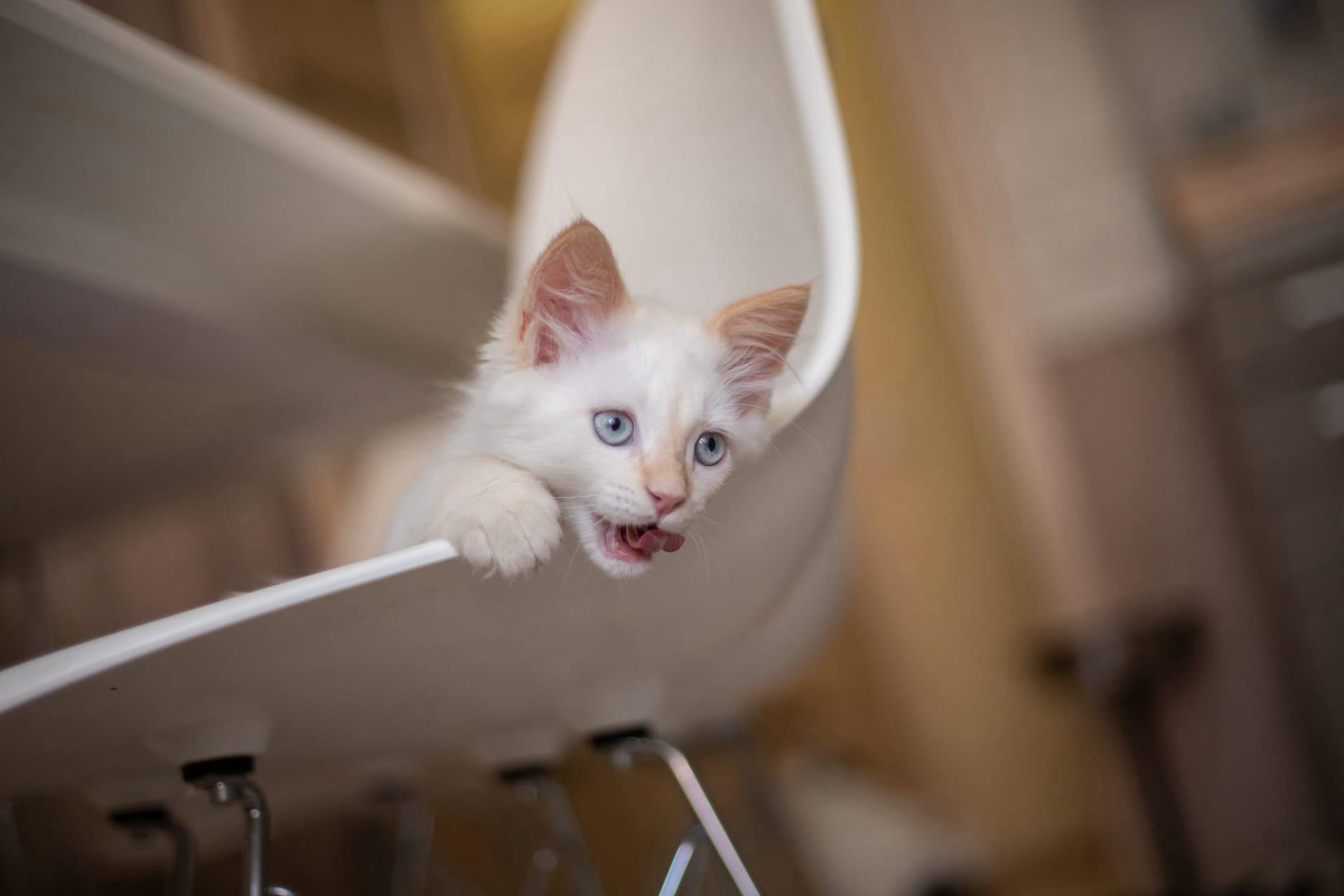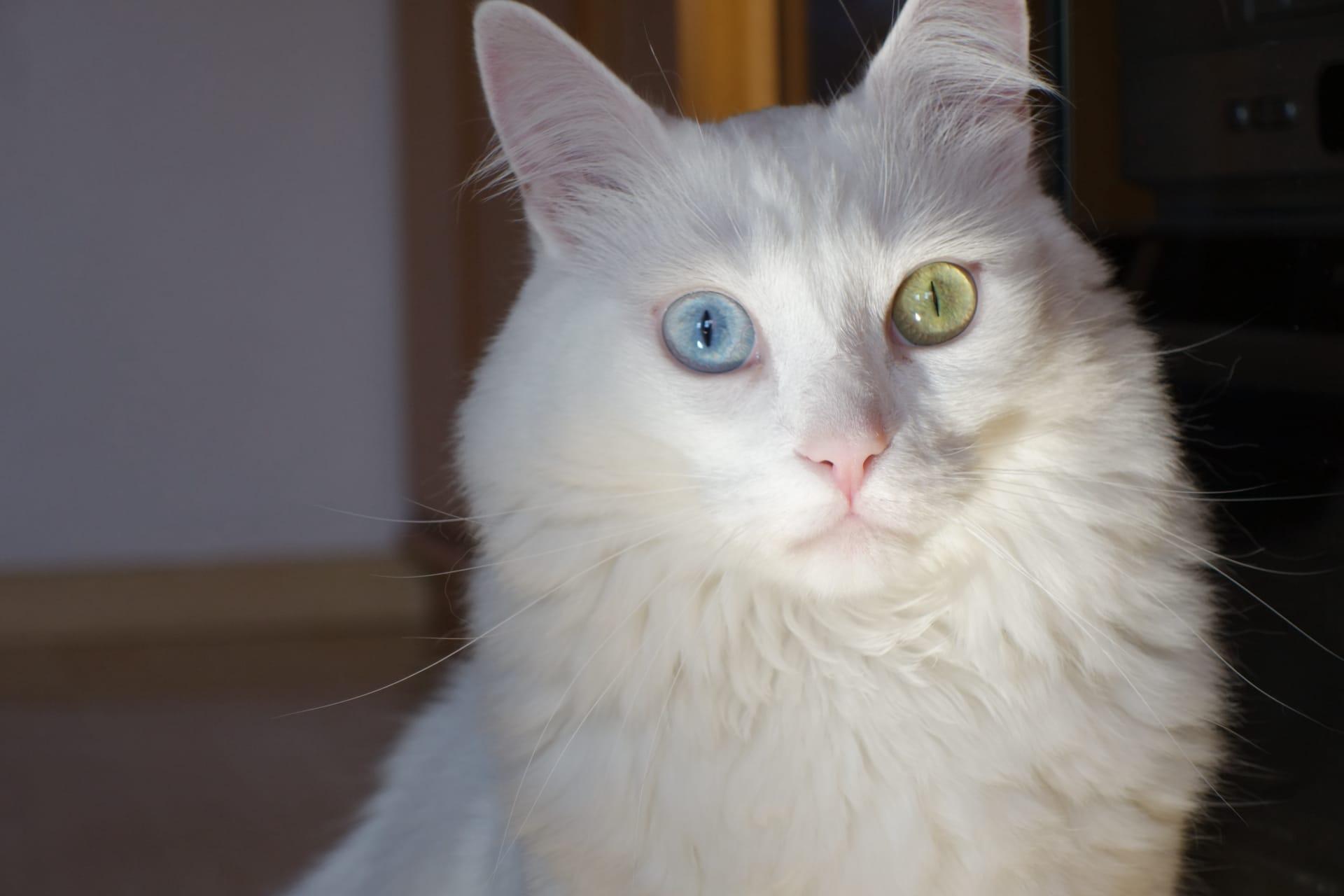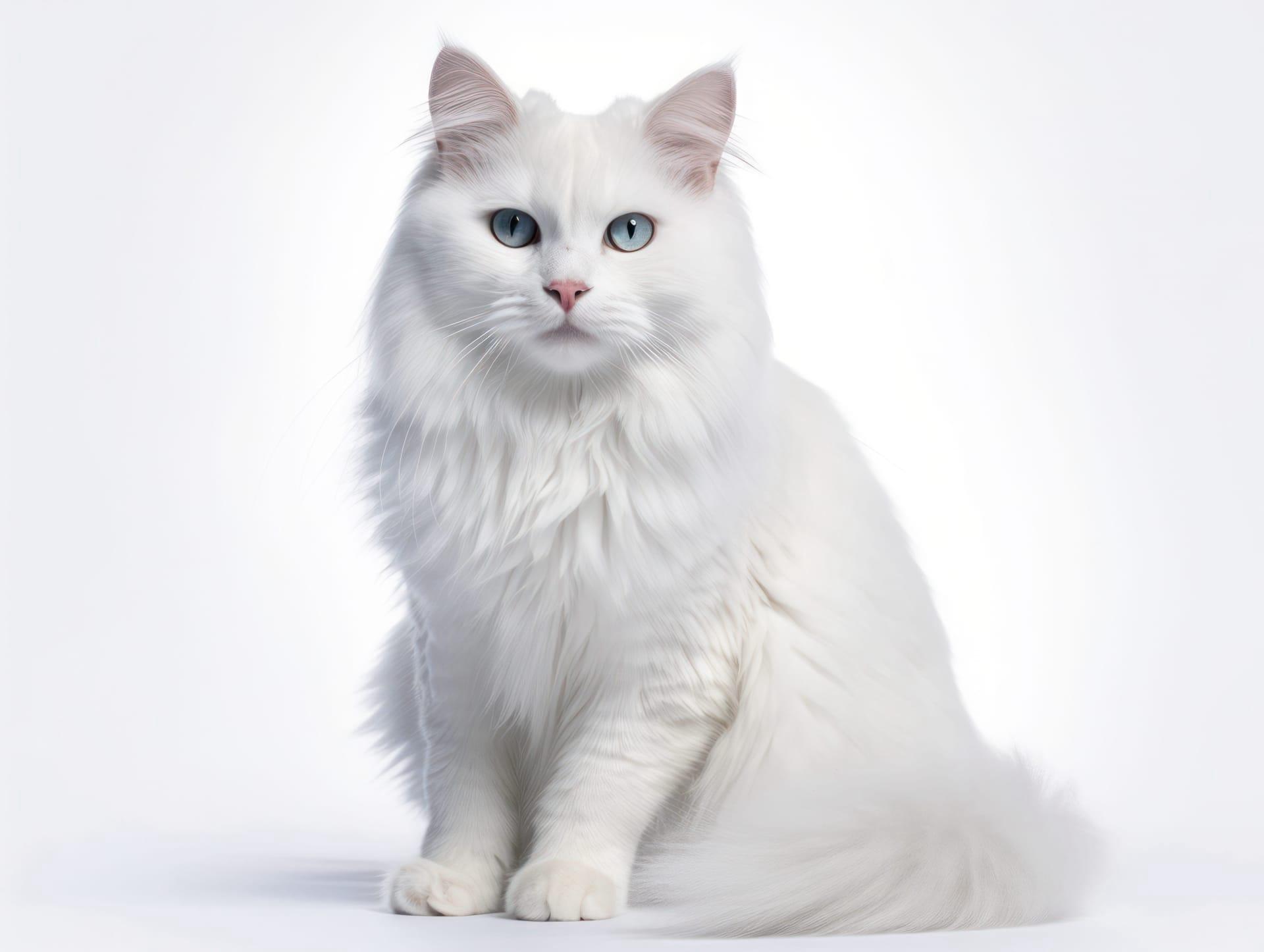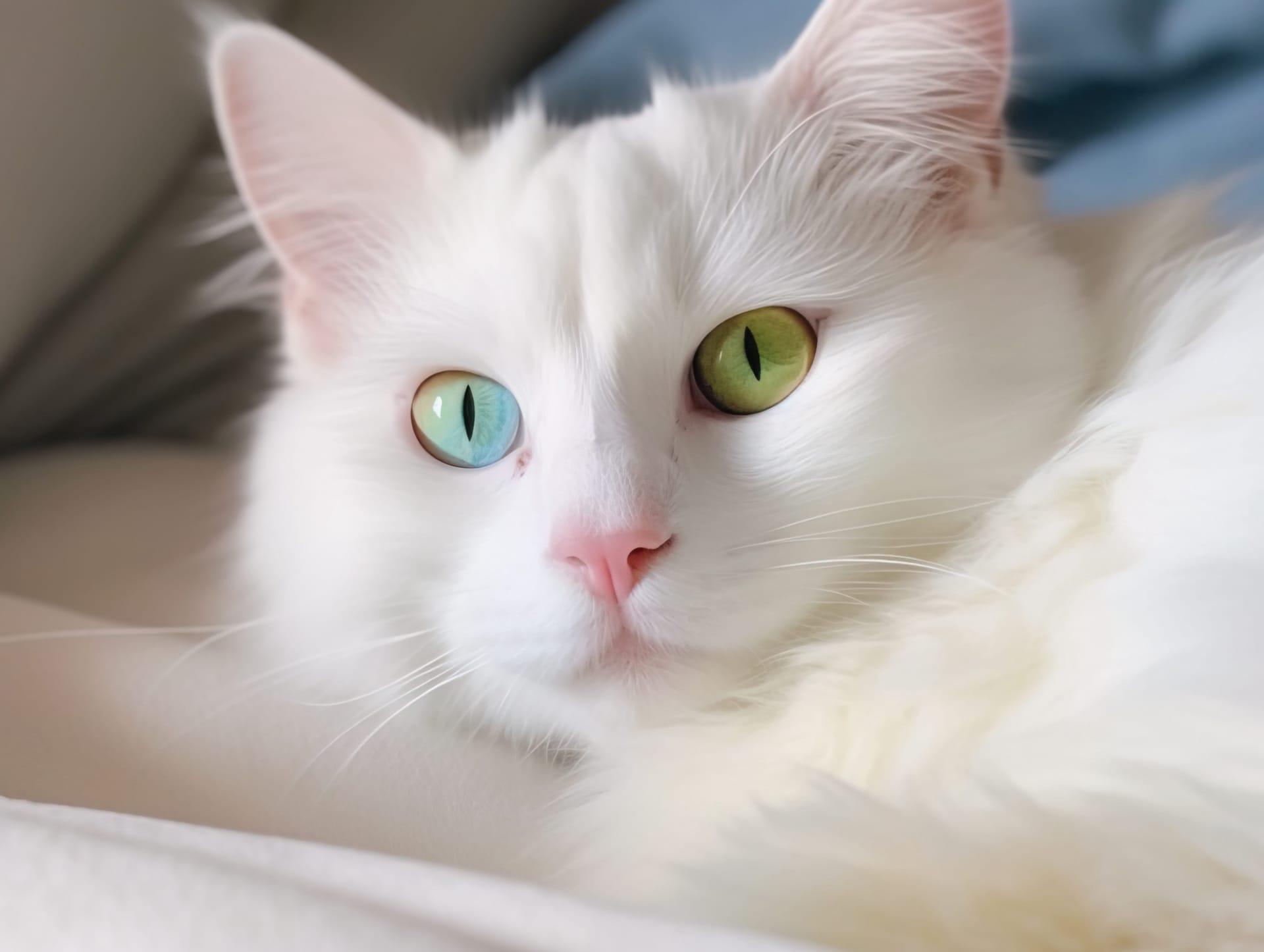Turkish Angora Cat Trivia
- Home /
- Trivia Question /
- Animal /
- Turkish Angora Cat Trivia
1
Question: What unique physical traits distinguish the Turkish Angora cat from other breeds?
Answer: Turkish Angora cats are celebrated for their elegant, slender bodies, long and silky coats, and large, almond-shaped eyes that can vary in color, including blue, green, or even one of each color, known as heterochromia. They typically weigh between 5 to 9 pounds (2.3 to 4.1 kg), showcasing a graceful yet muscular build. Their tails are particularly notable, being long, fluffy, and often described as a plume, adding to their aristocratic appearance.
Question: How did the Turkish Angora gain recognition and popularity outside of Turkey?
Answer: The Turkish Angora gained international recognition and popularity in the mid-20th century, though it has been a national treasure in Turkey for centuries, especially revered in Ankara, formerly known as Angora. Zoos in Ankara began a breeding program in the early 20th century to preserve the breed, which caught the attention of American servicemen stationed in Turkey. These servicemen brought the cats back to the United States, where their distinct elegance and playful, affectionate nature quickly made them beloved pets and show animals, leading to their official recognition by major cat registries.

2
Question: Is it true that all Turkish Angora cats are white?
Answer: While the most iconic image of the Turkish Angora features a stunning white coat, they actually come in a wide range of colors and patterns, including black, blue, red, tabby, and tortoiseshell. The white-coated Turkish Angora is historically prized, especially those with blue or heterochromatic eyes, but breed enthusiasts appreciate the diversity within the breed. Genetic diversity within the breed allows for a broad palette of colors beyond the traditional white.
Question: Do Turkish Angoras require extensive grooming due to their long coats?
Answer: Contrary to what might be expected with their luxurious long hair, Turkish Angora cats do not require extensive grooming. Their silk-like coat doesn't mat as easily as the fur of other long-haired breeds, thanks to a lack of a dense undercoat. A weekly brushing is generally sufficient to keep their coat in good condition. However, during the shedding season in spring and fall, more frequent grooming may be necessary to remove loose hair and prevent hairballs.

3
Question: Are Turkish Angora cats good with children and other pets?
Answer: Turkish Angora cats are known for their sociable and affectionate nature, making them excellent companions for families with children and other pets. They are energetic, playful, and intelligent, often forming strong bonds with their human family members. Turkish Angoras are also known to coexist well with dogs and other cats, especially if socialized from a young age. Their friendly demeanor and adaptability make them a wonderful addition to a diverse household.
Question: How long do Turkish Angora cats typically live?
Answer: Turkish Angora cats are generally healthy and can have a long lifespan, often living into their late teens or early twenties with proper care. The average lifespan of a Turkish Angora is around 12 to 18 years. Factors contributing to their longevity include genetics, diet, and the level of care provided, including regular veterinary check-ups to prevent and treat any health issues early on.

4
Question: Can Turkish Angora cats have any genetic health issues?
Answer: While Turkish Angora cats are generally healthy, they can be predisposed to certain genetic health issues, such as hypertrophic cardiomyopathy (HCM), a heart condition that is the most common form of heart disease in cats. Additionally, deafness is more prevalent among white Turkish Angoras, especially those with blue eyes. Responsible breeding practices are crucial to minimize these risks, and regular veterinary care can help manage these conditions if they arise.
Question: What makes Turkish Angora cats particularly agile and playful?
Answer: Turkish Angora cats possess a remarkable balance and agility, attributed to their muscular build and long, powerful legs that allow them to jump and climb with ease. Their playful nature keeps them active well into adulthood, enjoying interactive toys, puzzles, and games with their human companions. This breed's intelligence and curious temperament drive their desire to explore and engage in playful activities, making them entertaining companions.

5
Question: Do Turkish Angoras have any particular behavioral traits?
Answer: Turkish Angora cats are known for their outgoing and assertive personalities. They are highly intelligent and often exhibit a curious and adventurous spirit. Many Turkish Angoras enjoy being the center of attention and can be quite vocal, expressing their needs and desires clearly to their owners. They are also known for their loyalty, often following their favorite humans from room to room and participating in family activities.
Question: How does the Turkish Angora's ancestry contribute to its characteristics?
Answer: The Turkish Angora's ancestry is deeply rooted in the historical region of Ankara (Angora), Turkey, where they were esteemed by nobility and commoners alike for their beauty and elegance. This long history has cultivated a breed with not only a distinctive physical appearance but also a regal and engaging personality. Their adaptation to varying climates and environments in their native Turkey has also contributed to their resilience and versatility, making them well-suited to a variety of living situations and climates around the world.